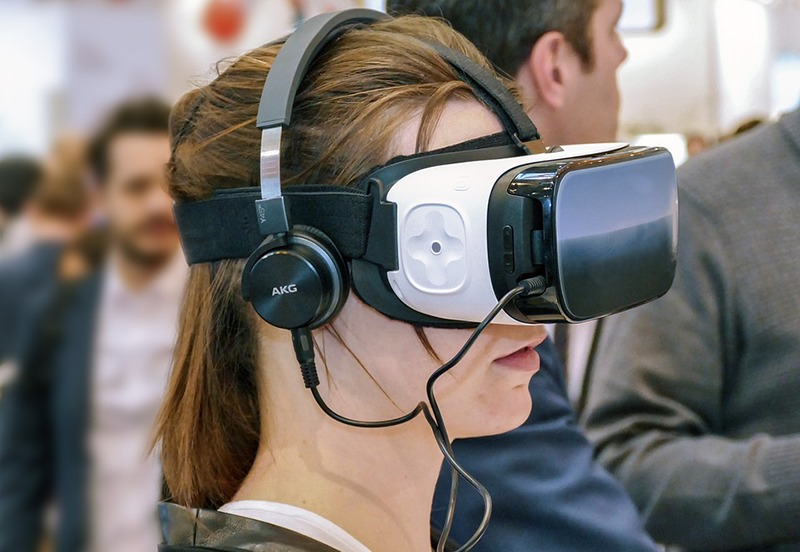Investigating the impact of AR and VR on digital health, a panel of BIO Digital concluded that the future of digital health could be a move from 2-D remote care to immersive 3-D experiences.
“When it comes to immersive technologies, we need to think about the whole range of technologies … from augmented reality to virtual reality. That is the first thing that comes to mind, but it really is anything that is spatial computing – meaning that it is located in a space, not constricted in a screen in front of you, but you walk around this digital content,” Mar Gonzalez-Franco, a Microsoft researcher, said during the panel, reports MobiHealthNews.
The coronavirus pandemic is forcing many offices to let their employees work from home. While it has given rise to the adoption of video-conferencing platforms, the medical community is embracing remote monitoring of patients such as telehealth. But experts say this digital lifestyle can put a lot of strain on one’s health.
Read more XRHealth Launches First Virtual Reality Telehealth Clinic
“A few of the changes we were going to see in the next 20 years we are seeing in months,” Gonzalez-Franco said. “We are working from home, we’re seeing exponential growth of tech for communications. There is a gap in these technologies that are not immersive and make you very tired at the end of the day.”

But Gonzalez-Franco looks at it from a different angle. He pitches immersive technology as a way to limit this fatigue, especially in healthcare, noting it gives users a different experience.
“When you are in a virtual system that is not the case. It gives you a strong presence of illusion and plausibility illusion, the illusion that you are there and the things that are happening are real, which means the other people are also there represented by avatars, and that can help bridge the gap of this solitary confinement … This is important for many reasons. One it can bring all these patients closer to their loved ones, even during a hard situation, but it also can help clinicians assist someone without having to go there and expose themselves.”
Read more Cedars-Sinai Study Makes Strong Case for Virtual Reality for Pain Management
Today healthcare providers are implementing immersive technologies such as augmented reality (AR) and virtual reality (VR) as a way to help educate both themselves and patients, the MobiHealthNews report said.












